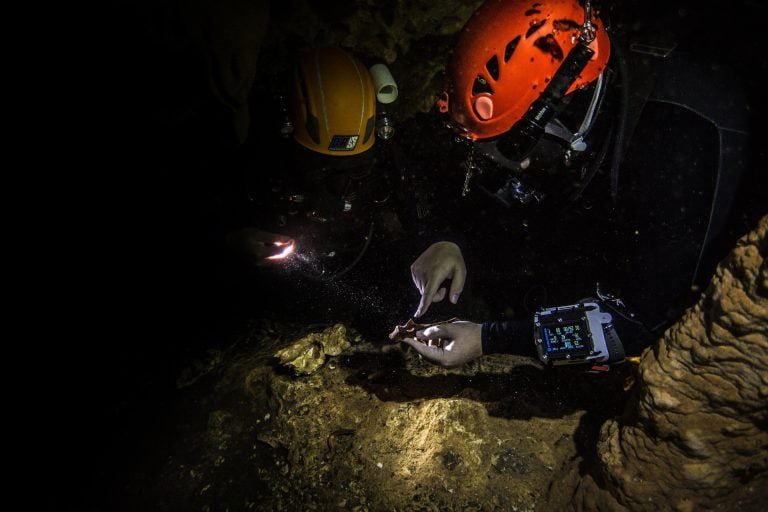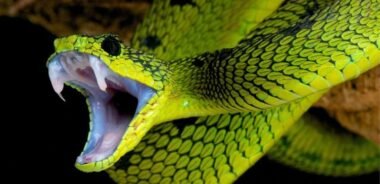Researchers have made a groundbreaking discovery in the Dominican Republic, unearthing 10,000-year-old fossils of the extinct Caribbean monkey, Antillothrix bernensis. These findings provide valuable insights into the monkey’s anatomy, diet, and social behavior, shedding light on the mysterious circumstances surrounding its extinction.
Key Discoveries:
- Rich fossil site: Cueva Macho yields seven skulls, five mandibles, and dozens of skeleton parts.
- Anatomy and ecology: Fossils reveal Antillothrix’s diet consisted mainly of fruit.
- Social structure: Monomorphic males and females, suggesting small family groups.
- Extinction theories: Possible owl predation, with evidence of jaw injuries.
The Research:
A team, including Johns Hopkins University’s Siobhán Cooke, studied rare fossils found in flooded caves. Virtual 3D models enabled detailed analysis.
Importance of the Findings:
- Understanding extinction factors: Informing conservation efforts.
- Caribbean biodiversity: Insights into past ecosystems.
- Primate evolution: Antillothrix may have modern relatives, like the Titi monkey.
Reference:
Journal of Human Evolution (2024)
Share Your Thoughts:
How do you think the discovery of Antillothrix bernensis fossils contributes to our understanding of primate evolution and conservation?









